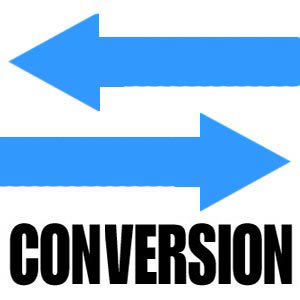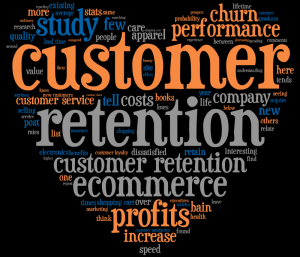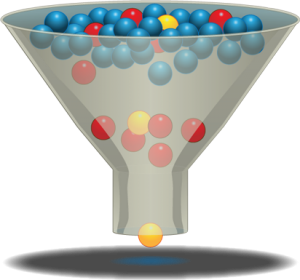How to convert more B2B leads into customers? Marketing Automation!
 As the post title implies, our answer to the eternal sales question “how do we convert more leads into customers?” is to deploy marketing automation. Is that the only answer? No. But with the amount of data available today, marketing automation will do more to improve your B2B lead conversion rates than social media, PPC, or stale drip campaigns.
As the post title implies, our answer to the eternal sales question “how do we convert more leads into customers?” is to deploy marketing automation. Is that the only answer? No. But with the amount of data available today, marketing automation will do more to improve your B2B lead conversion rates than social media, PPC, or stale drip campaigns.
It’s quickly becoming apparent that marketing automation can play a significant role in improving your lead conversion ratio. From first touch (initial point of contact) to pass through (migration to CRM), lead conversion for companies in most industries is improving thanks to MA. The first step towards higher B2B close rates is to manage your leads effectively before they are sent to your sales team.
To begin, you should know your customers well. Who are they? What do they like? What do they do? Why do they buy? Much of this information is now available digitally, the key is to leverage the information you collect into effective lead management.
Lead Generation
An often overlooked concept about lead generation is that it should be approached holistically not unilaterally. When you need to convert more B2B leads into customers look to strengthen lead generation efforts. Lead gen starts with first touch, escalates through lead tracking, and winds up with capture. If you’re not focusing on developing good content for your touch points, tracking your website visitors using business intelligence integration, and capturing contact information through digital assets, you’re not effectively generating leads – and you can’t convert leads you don’t have. Make sure your lead gen scope is broader than list buys and PPC campaigns.
Lead Nurturing
Many think lead nurturing equals email drip campaigns. Though partly true, lead nurturing is so much more. Lead conversion through the nurturing process requires that you develop the relationship through escalating engagements. Simply sending the occasional “hi-how-are-you?” note won’t be sufficient to move your leads through the marketing pipeline. Build a campaign that offers more at advanced buying cycle stages: a webinar invite, a product demo. Remember, nurture means “to grow”.
Lead Scoring
There’s nothing worse for a sales agent than to receive a lead that turns out to be a graduate student completing his thesis. MA platforms provide lead scoring and grading capabilities that should allow you to sharpen the sales team’s focus towards the most suitable, marketing-qualified leads. Establish specific criteria that can be scored or graded. Most leading systems grade explicit lead attributes (industry, company size) and score implicit behaviors (webpage visit, webinar registration). Once a scoring matrix has been created, determine a scoring threshold that automatically migrates the lead to your CRM.
Lead Distribution
Lead distribution must be optimized to channel leads appropriately to your sales force. Which sales agents are available to respond quickly? Which agents have high close rates? Which agents know the lead’s industry best? Automated systems distribute leads using parameters that can maximize your sales team’s efficiency. Some MA platforms allow you to assign lead ownership according to predefined criteria, such as geography or seniority. Leads distributed effectively will shorten your average sales cycle and improve sales close rates.
Keep in mind that marketing automation is a tool that will improve sales conversions and help convert more B2B leads into customers. Though MA platforms have improved sales outcomes, much of the success that comes from lead management is dependent on the content you provide. If you don’t have strong creative minds to develop messaging in-house, consider outsourcing.









